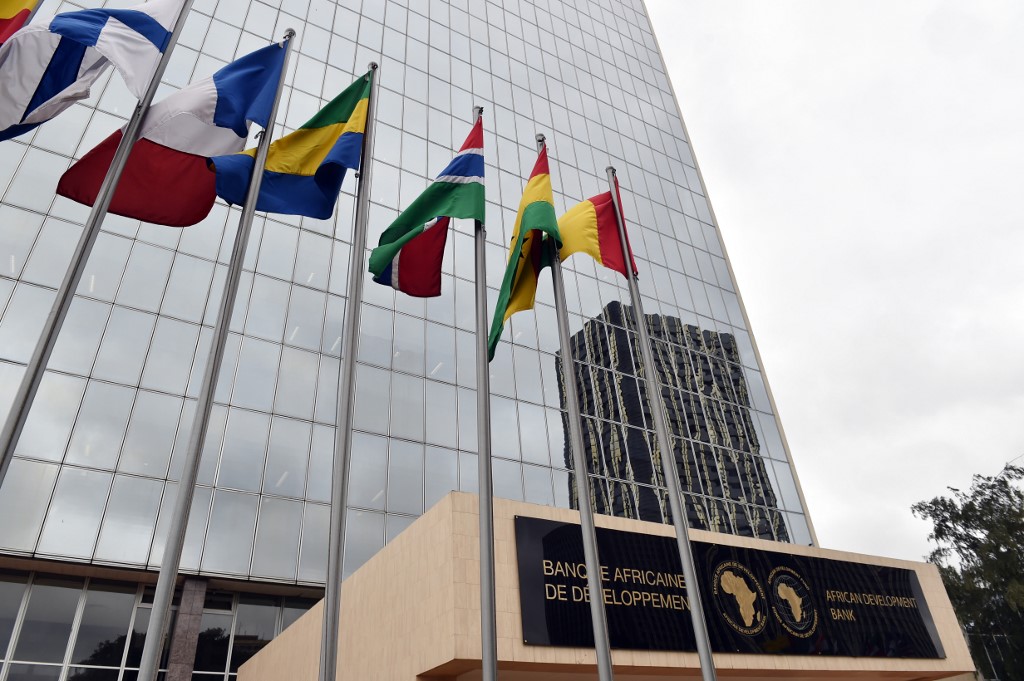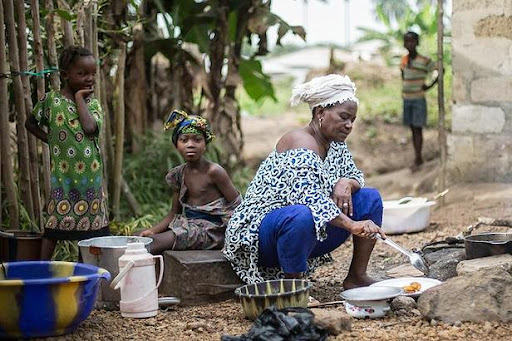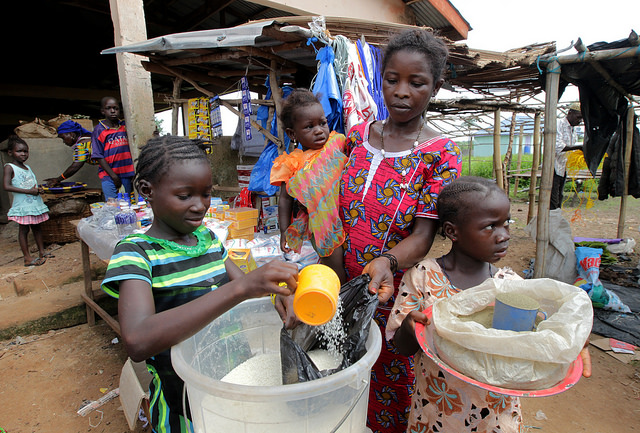 Figures published by the African Development Bank, show that Sierra Leone’s economy has been seriously hurt by the COVID–19 pandemic, with real GDP estimated to contract by 2.7% in 2020 after growing by 5.4% in 2019. The decline is attributable to weak external demand for major exports, particularly diamonds, and to decline in the mining, transport, trade, and tourism sectors.
Figures published by the African Development Bank, show that Sierra Leone’s economy has been seriously hurt by the COVID–19 pandemic, with real GDP estimated to contract by 2.7% in 2020 after growing by 5.4% in 2019. The decline is attributable to weak external demand for major exports, particularly diamonds, and to decline in the mining, transport, trade, and tourism sectors.
Inflation was estimated to pick up to 17% in 2020 from 14.8% in 2019, because of supply chain disruptions and transportation restrictions.
The budget deficit was expected to widen to 5.7% of GDP from 2.9% in 2019, because of a revenue shortfall arising from lower economic activity. The decline in exports caused the current account deficit to widen to 15.6% of GDP from 13.5% in 2019.
At the end of September 2020, foreign exchange reserves were $565 million (4.2 months of import cover), compared with $506 million (3.5 months of import cover) in 2019.
The exchange rate remained stable at SLLs 9,845 to the US dollar at the end of 2020. The stock of public debt increased to 77% of GDP as of 30 November 2020 from 70% in 2019 a year earlier.
Sierra Leone’s debt is classified as being at high risk of debt distress, largely due to heightened solvency and liquidity risks arising from the COVID–19 pandemic.
The country is implementing an Extended Credit Facility (ECF) arrangement with the International Monetary Fund. The ECF plans to support the government’s reform agenda of creating fiscal space to finance policy priorities of the National Development Plan (NDP).

Outlook and risks
Upside risks to the outlook are predicated on the assumption that the economy would fully reopen, the ongoing policy and structural reforms supported by the NDP be implemented, the economic stimulus program continue, and external financial assistance in grants, concessional loans, debt service suspension, and restructuring be secured. In that scenario, growth is projected to accelerate to 3.1% in 2021 and 4.3% in 2022.
Inflation is projected to ease to 13.6% in 2021 and to 11.3% in 2022; the fiscal deficit will narrow to 4.1% of GDP in 2021 and 3.6% in 2022; and the current account deficit will be reduced to 14.4% of GDP in 2021 and 13.5% in 2022.
Downside risks to the outlook emanate from delays in the full reopening of the economy, a potential slowdown in global demand, and weak international assistance to supplement growth recovery efforts.

Financing issues and options
The high debt burden coupled with limited fiscal and monetary policy space could constrain Sierra Leone’s effort to increase growth to its pre-crisis level in the near term.
The IMF ECF program, which was introduced prior to the pandemic, continues to guide policy and budgeting in Sierra Leone. In particular, the 2020 budget was anchored on the NDP.
Despite credits and grants from international financial institutions in 2020 to help the country meet urgent balance of payments and fiscal needs from the pandemic, the country needs increased external financial assistance to support a resilient recovery.
External assistance could aim to create fiscal space through debt relief, restructuring, suspension of debt service payments, and concessional lending.
In the medium to longer-term, the country should also complement ongoing domestic revenue mobilization efforts by deepening ongoing financial sector reforms to support domestic credit market growth.
SOURCE: African Development Bank


Be the first to comment